13 Medieval Castles to Visit for Fascinating History and Stunning Architecture
From fortresses to ornate palaces, these medieval-style structures are worth traveling for.
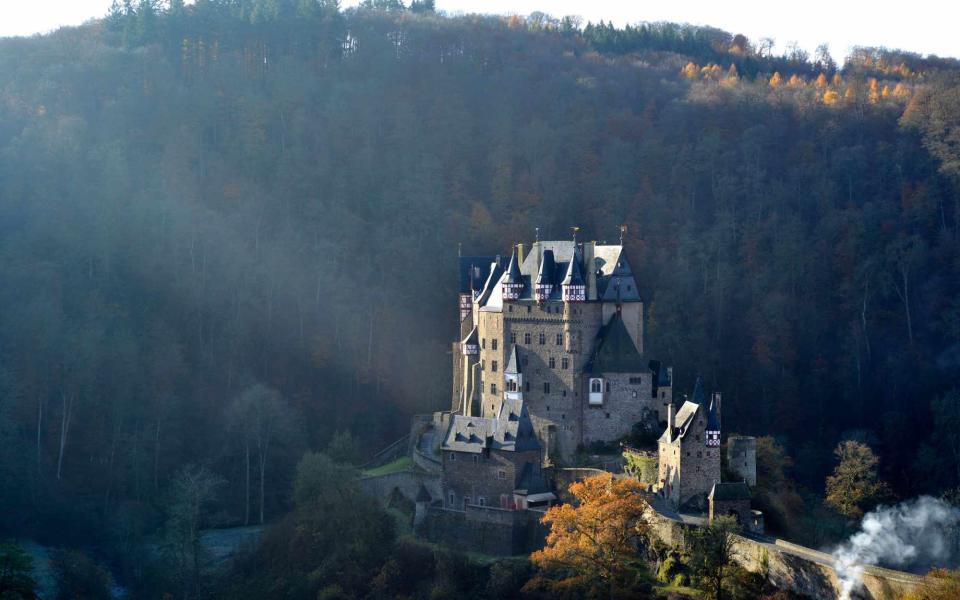
The castle many Americans are most familiar with is the one that comes before every Disney film. Castles herald a fairy tale with a happy ending, an architectural translation of a generic fantasy that has been embedded into our psyche since we were children.
No wonder we're so obsessed with them.
As we get older, the truly fascinating nature of these structures reveals itself. In centuries past, they've doubled as fortresses and military barracks. They've concealed the secrets of some of the most influential people in history. They were built as symbols of wealth and victory, though their histories are often dark and violent.
Here are 13 incredible medieval castles you can visit for a glimpse into royal history.
Alcázar de Segovia, Spain

At the confluence of two rivers near the Guadarrama mountains in Spain is Alcázar de Segovia, one of the country's most distinctive medieval castles. It is known for its unique shape resembling a ship's bow. Originally built as a fort in the 12th century, it eventually became the preferred residence of the Castilian monarchs for much of the Middle Ages, housing notable figures like Queen Isabella I. After the royal family moved to Madrid, the castle was used as a prison and the headquarters of the Royal Artillery School before being converted into the museum it is today.
Chateau de Foix, France
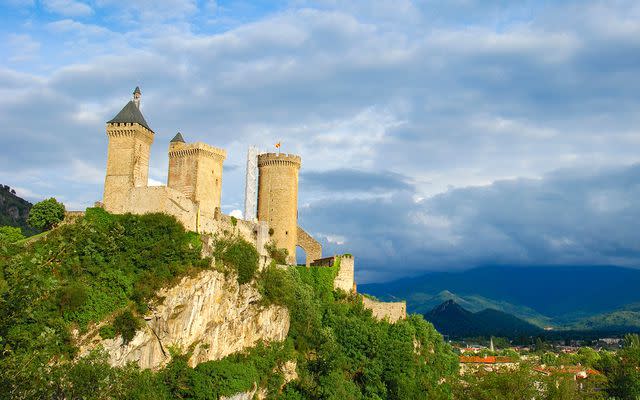
In France's southern region of Ariège, the Chateau de Foix was once a refuge for the Cathars, a religious group persecuted by the Catholic Church. Surrounded by the Pyrenees mountains and overlooking the medieval town of Foix, the 12th-century castle is now home to a museum documenting the lives of the castle's former counts and their families. These stories are brought to life by costumed interpreters, interactive workshops, and immersive sets with olfactory experiences.
Palácio Nacional da Pena, Portugal

Portugal's colorful Palácio Nacional da Pena is one of the country's most beloved national sites, with a history dating back to the Middle Ages. Originally home to a 12th-century chapel and a monastery, the site was left in ruins following an earthquake in 1755. In the 19th century, King Ferdinand II transformed the property into his summer residence. The medieval-style structure's red chapel, domed turrets, and North African-inspired arches make the surrounding woodlands seem magical. The best part? It's just an hour's train ride from Lisbon.
Related: 22 Gorgeous U.S. Castles That Are Fit for a Fairy Tale
Himeji Castle, Japan
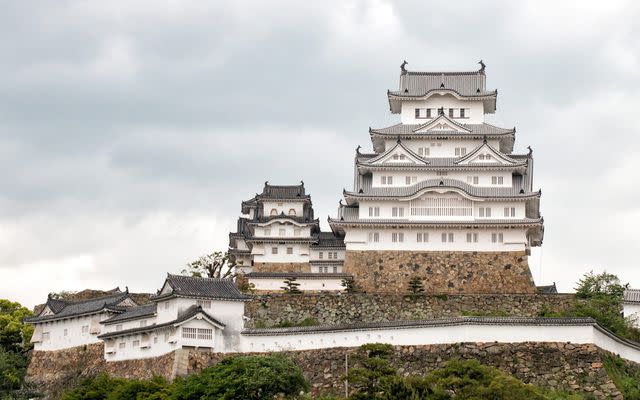
Himeji Castle in the Hyōgo Prefecture is one of Japan's most stunning examples of feudal-period castle architecture. Though the site dates to 1333, its bones have undergone many renovations; today it's made up of a network of 83 buildings, including turrets, storehouses, and residences that were used until the 1860s. Known for its elaborate white fa?ade, the castle is often called the "White Egret Castle." It's open year-round for tours, but the most popular time to visit is in spring when the cherry blossom trees are in bloom.
Malbork Castle, Poland
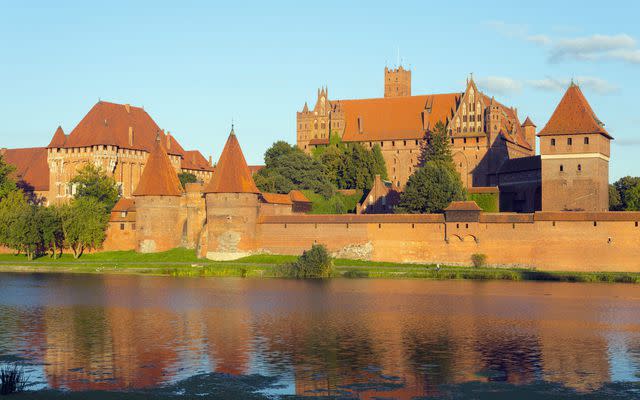
Covering 52 acres, Malbork Castle in northern Poland is the world's largest fortress by land area. The Teutonic Knights, a Catholic religious order involved in the Crusades, built this UNESCO-listed brick behemoth in the 13th century. Following the Middle Ages, the castle was home to Polish kings. Much of the castle was destroyed during the German occupation of Poland in World War II, though it has since been restored. Now a museum, the site consists of three fortified castles and other buildings that can be explored with an audio guide.
Fortress Hohensalzburg, Austria
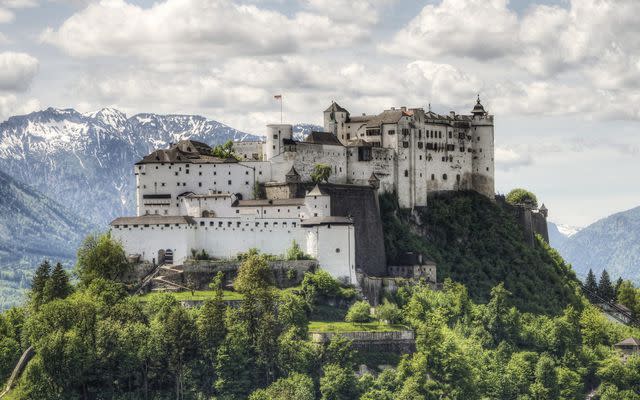
The archbishops of Salzburg built Festung Hohensalzburg, one of Europe's largest medieval castles, in the period of the Holy Roman Empire. In the 19th century, the castle was made accessible via the Festungsbahn funicular, which climbs the hillside right to the castle. Distinctive features include the decorated Golden Chamber and the Salzburg Bull, a 200-pipe organ played daily.
Tintagel Castle, England
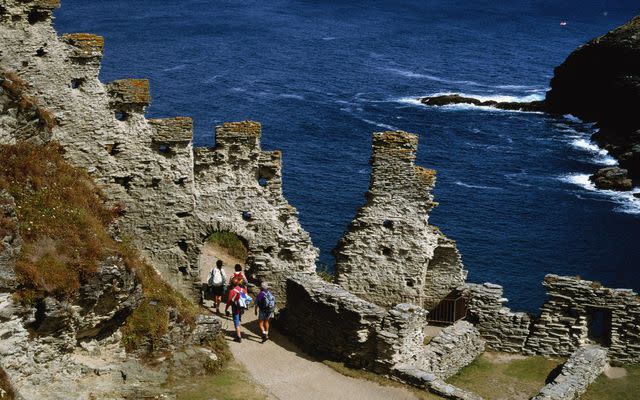
Tintagel Castle off the coast of England's Cornwall region is often cited as the place of King Arthur's (mythical) conception. The site dates back to the Roman period, though the castle that stands here today was built in the 1230s. Owned by Prince William (who is the Duke of Cornwall as well as the Prince of Wales) and managed by English Heritage, the castle attracts visitors looking to delve into the area's ancient past. Below the castle, visitors can explore Merlin's Cave, which is believed to be haunted by the ghost of the mythical magician.
Corvin Castle, Romania
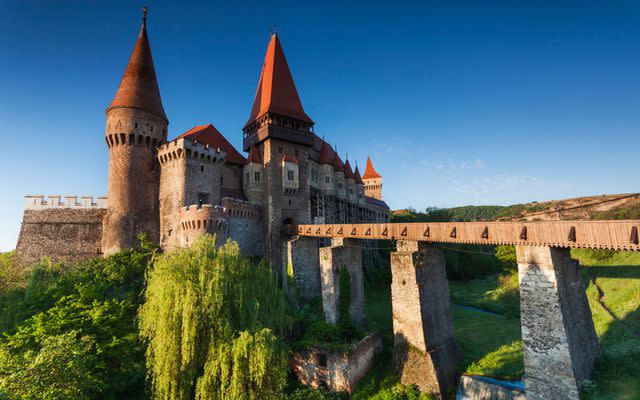
Local legend has it that this castle in the Romanian city of Hunedoara houses a few spirits with unfinished business. The Gothic-Renaissance castle — known for its tall towers, heavily adorned balconies, and broad windows — was built in 1446 at the behest of John Hunyadi, a Hungarian military leader. According to the lore, a group of Turkish prisoners were ordered to dig the castle's well and would only be granted freedom when they reached water. When the well was finished 15 years later, their captors broke the promise, and many claim there's an inscription on its wall that reads: "You may have water, but you have no soul."
Eltz Castle, Germany
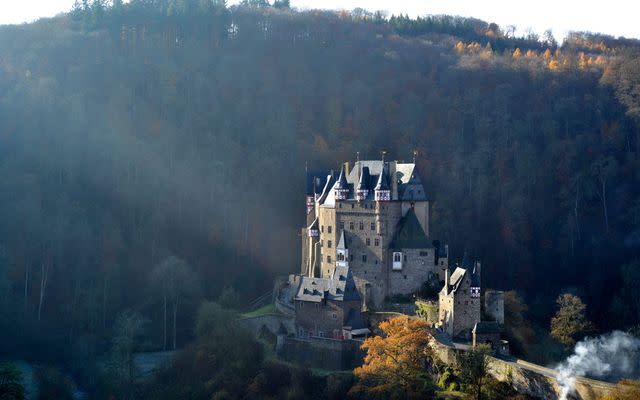
This gorgeous medieval castle endured wars with little damage — in fact, it's looked pretty much the same since the 15th century when it accommodated three noble families. Today, it's still owned by the Eltz family, who have had it for 34 generations. And we're not the castle's only admirers. Back when Germany's national currency was the Deutsche Mark, its spires featured prominently on every 500-mark bill printed between 1961 and 1995.
Eilean Donan Castle, Scotland
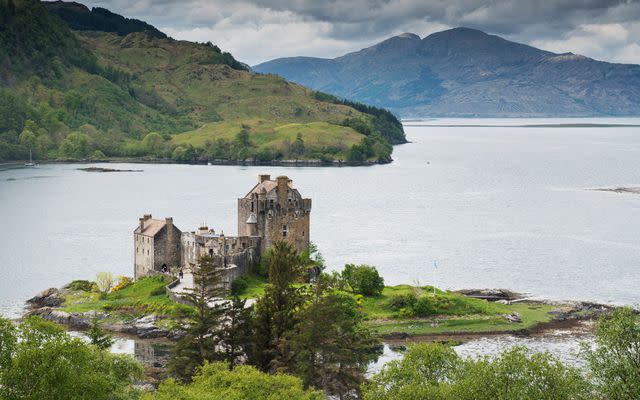
Considered one of the most beautiful castles in Scotland, this medieval site in the Scottish Highlands dates to the 13th century when the castle kept watch over the meeting point of three lochs. After being attacked by English troops in the 1700s, the original fortress was left in ruins for years before being rebuilt in the 1930s. Today, Eilean Donan Castle is one of Scotland's most-visited spots and a popular spot for weddings.
Castello di Moncalieri, Italy
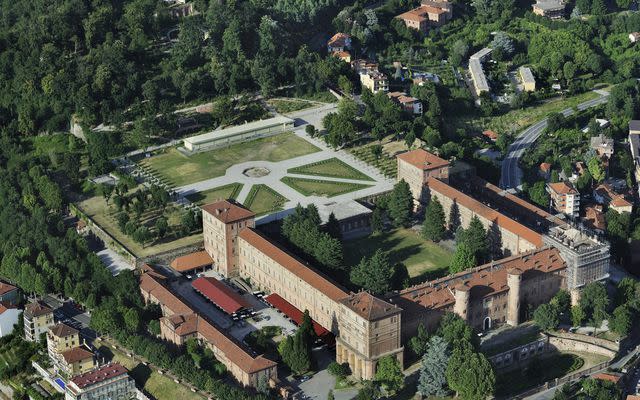
Before the Italian Republic, there were the royals like the House of Savoy, whose reign stretched from Piedmont to Sicily. One of their many abodes was Castello di Moncalieri, overlooking the Po River just outside Turin. Originally a fortress built by Thomas I around 1100, the structure was turned into a palace during the 15th century. The historical site now welcomes visitors for guided tours of its royal apartments and hosts performances, festivals, and other special events.
Bran Castle, Romania
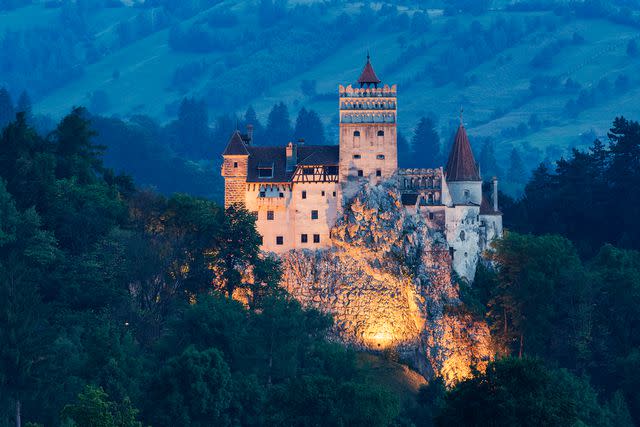
You may know this spot by its more popular moniker — Dracula's Castle. Officially known as Bran Castle, the fortress earned its nickname for being the only castle in Transylvania that fits author Bram Stoker’s description of the fictional vampire’s abode. The original structure, built out of wood in 1212, was destroyed by the Mongols before being rebuilt out of stone a few centuries later, and it finally became the residence of Romanian royalty in the 20th century. It now functions as a museum, which documents the region's history and the site's cultural importance as the "home" of Count Dracula.
Cairo Citadel, Egypt
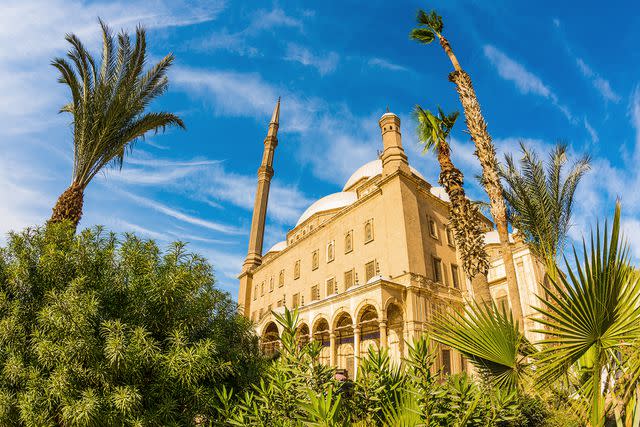
Head to Cairo to see one more unique medieval castle, The Citadel of Sultan Salah al-Din al-Ayyubi (or Saladin as he's commonly known). Located on the Muqattam Hills, the structure acted as both a strong fortress and a gorgeous vantage point, providing royals with panoramic views of Cairo. The castle, which started construction in 1176, became the official residence of the rulers of Egypt in 1207. Today, visitors to the Citadel will find the Mosque of Muhammad Ali Pasha and several museums inside, including the National Military Museum.
For more Travel & Leisure news, make sure to sign up for our newsletter!
Read the original article on Travel & Leisure.